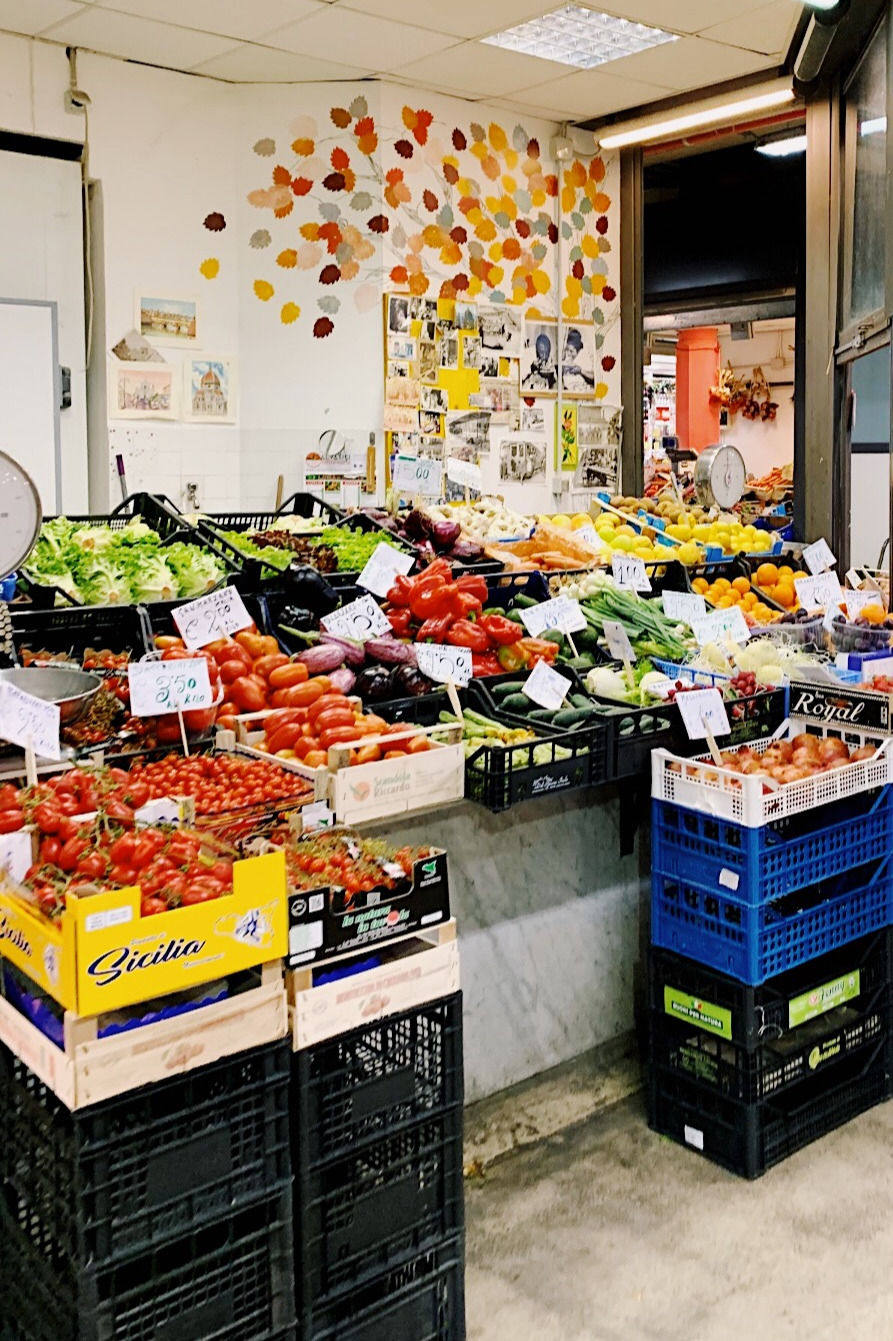Nutrition 101 - Phytonutrients
And the importance of a rainbow... of foods!

What are Phytonutrients?
Phytonutrients or phytochemicals are chemicals produced by plants (Fun fact: "Phyto" is derived from the Greek word for plant -phyton). Phytonutrients are not classified as essential for life, but growing evidence suggests that they may be essential for optimal health, including the prevention of cancer and cardiovascular disease.
Sources of Phytonutrients
Phytonutrient-rich foods are colorful fruits, vegetables, herbs, legumes, nuts, seeds, teas, and many spices. Specific phytonutrients and their health benefits are associated with specific colors of foods, including red, orange, yellow, green, blue/black/purple, and white/tan/brown.
Reds:
Benefits: Anti-cancer, anti-inflammatory, cell protection, DNA health, immune health, prostate health,vascular health Examples: Apple, beans (Adzuki, Kidney, Red), beet, bell pepper, cranberries, cherries, grapefruit (pink), grapes, onion, plum, pomegranate, potato, radish, raspberries, strawberries, red pepper, rhubarb, rooibos tea, tomato, watermelon. The names of the healing compounds in the “Reds” are Anthocyanidins, Astaxanthin, Carotenoids, Ellagic Acid, Ellagitannins, Fisetin, Flavones, Flavonols, Flavan-3-ols, Flavanones, Luteolin, Lycopene, Proanthocyanidins, Quercetin.
Oranges:
Benefits: Antibacterial, anti-cancer, cell protection, immune health, reduced mortality, reproductive health, skin health, source of vitamin A Examples: Apricot, bell pepper, cantaloupe, carrot, mango, nectarine, orange, papaya, persimmon, pumpkin, squash (acorn, butternut, winter), sweet potato, tangerine, turmeric root, yams. The healing compounds in oranges are Alpha-caroteneBeta-carotene, Beta-cryptoxanthin, Bioflavonoids, Carotenoids, Curcuminoids, Naringenin.
Yellows:
Benefits: Anti-cancer, anti-inflammatory, cell protection, cognition, eye health, heart health, skin health, vascular health Examples: Apple, Asian pear, banana, bell pepper, corn, ginger root, lemon, millet, pineapple, potato, starfruit, summer squash
The Healing properties Lutein, Rutin, Zeaxanthin.
Greens:
Benefits: Anti-cancer, anti-inflammatory, brain health, cell protection, skin health, hormone balance, heart health, liver health Examples: Apple, artichoke, asparagus, avocado, bamboo sprouts, bean sprouts, bell pepper, bok choy, broccoli, Brussels sprouts, cabbage, celery, cucumber, green beans, green peas, green tea, dark leafy greens (kale, spinach, etc.), lime, okra, olive, pear, zucchini. The incredible list of compounds in greens: Catechins, Chlorogenic acid, Chlorophyll, Epigallocatechin gallate, Flavolignans, Folates, Glucosinolates, Hydroxytyrosol, Indole-3-carbinol, Isoflavones, Isothiocyanate, Oleocanthal, Oleuropein, Phenolic diterpenes, Phytosterols, Phenols, Phenylethylisothiocyanate, Silymarin, Sulforaphane, Tannins, Theaflavins, Thearubigins, Tyrosol.
Blues, Purples & Blacks:
Benefits: Anti-cancer, anti-inflammatory, cell protection, cognitive health, heart health Examples: Bell pepper, berries, cabbage, carrot, cauliflower, eggplant, fig, grapes, kale, olive, plum, potato, prune, rice (black, purple) Healing Compounds: Anthocyanidins, Hydroxystilbenes, Procyanidins, Pterostilbene, Resveratrol.
Whites, Tans & Browns:
Benefits: Anti-cancer, anti-microbial, cell protection, digestive health, heart health, hormone balance, liver health
Examples: Apple, cauliflower, cocoa, coconut, coffee, dates, garlic, ginger, jicama, legumes, mushrooms, nuts, onion, pear, sauerkraut, seeds, shallots, soy, tea whole grains. Powerful nutrient compounds: Allicin Allyl sulfides, Cellulose (fiber), Lignans, Lignins, Sesamin, Sesamol, Tannins, Terpenoids, Theobromine.
Steps to get more phytonutrients
Know where they come from. As you can tell from the list above, it is not just fruits and vegetables. That's why a variety of foods is so important. Although healthy, if you eat blueberries every meal, you are missing out on other phytonutrients.
Shoot for quantity. Try and get 9-13 servings of plant food every day. This may sound like a lot, but consider a serving is one cup of leafy vegetable, 1/2 cup of other vegetables (cooked or not), or a medium-sized piece of fruit. You can get 4-5 servings in a salad at lunch.
Mix it up. Soups, salads, and smoothies are all ways to incorporate plant food into your day.
Be creative with your substitutions. Some plant foods give us more phytonutrients than others! For example, you could substitute mashed potatoes with mashed purple potatoes or sweet potatoes. You could substitute white rice with purple, brown, or black rice. Change your salad carrots out for organic rainbow carrots. Use different colors of peppers to dip in your hummus.
Most importantly eat the rainbow and focus on different colors. Aiming for one to two colors per day is a healthy goal to strive for. At my house, we call it a "pretty plate."
Remember, Food is medicine!
All material was gathered and researched through my amazing fellowship program, The Arizona Center for Integrative Medicine.
and
https://www.ifm.org


Comments